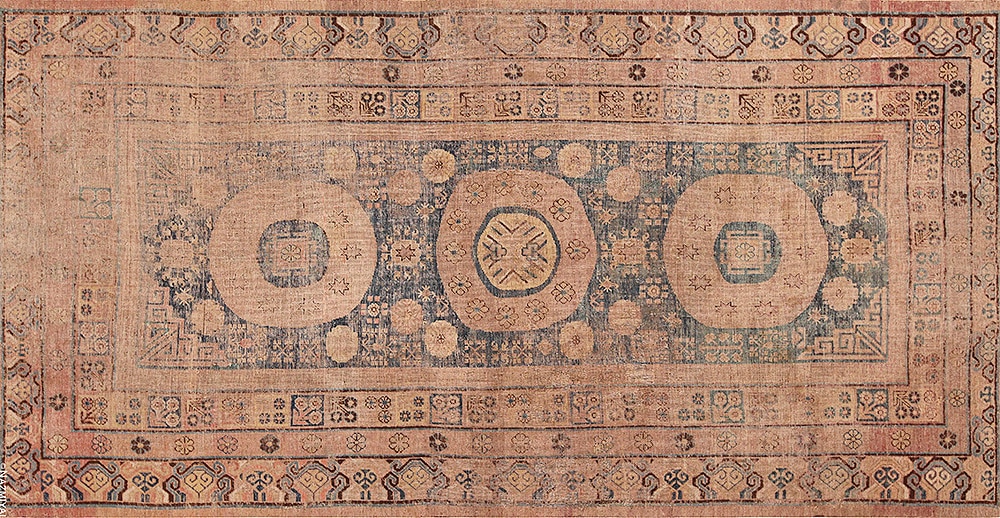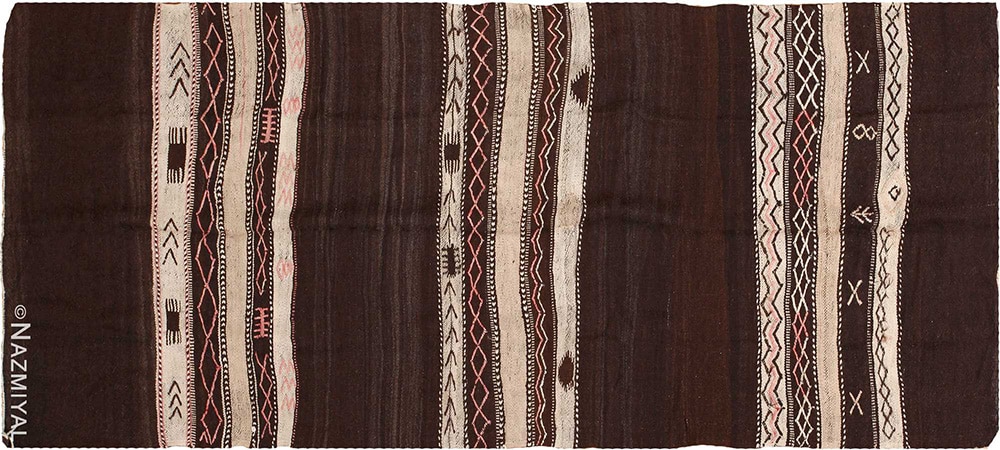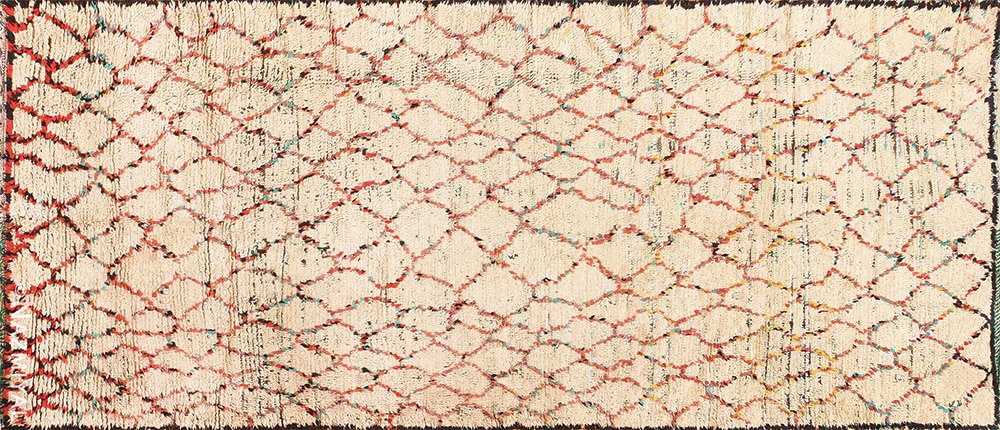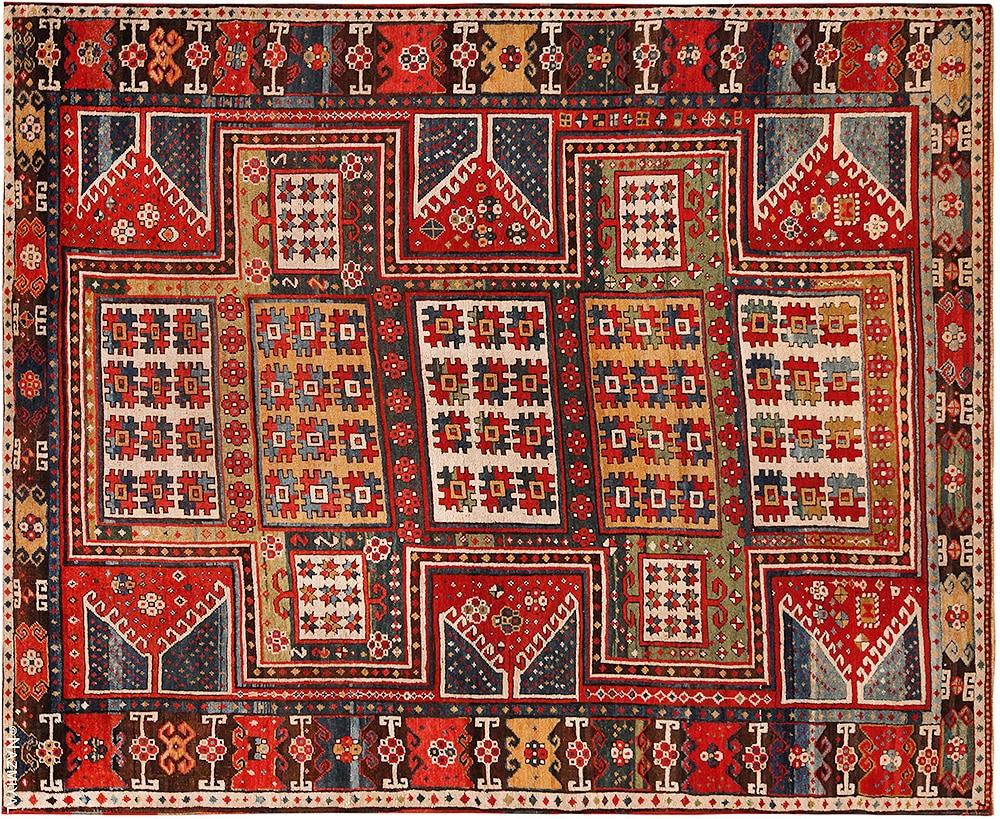What is wabi-sabi?
Wabi-Sabi (侘寂) is a Japanese aesthetics and stylistic approach that dates back the 15th century. It is a world view of sorts that centers around the embrace and acceptance of imperfections. To over simply things, some define the wabi-sabi style as the appreciation of imperfect, temporary and unpolished beauty in nature and life.

Wabi Sabi – The Perfectly Imperfect Interior Design
What do the words “Wabi” and “Sabi” mean?
The “Wabi” Style:
The word “Wabi” means fresh and simple things. The Wabi style is about tranquility and simplicity. It also makes room for rustic beauty of both natural and man made elements. The Wabi style also embraces flaws and artistic “accidents” as these unintended “imperfections” end up resulting in the creation of a completely unique piece.
The “Sabi” Style:
The word “Sabi” means the beauty of items that stem from its age. This term and style esthetic embraces things like the patina of an item that only comes with age. It also appreciates the fact that objects change and become even more appealing as they are used more and more.
What is the history of the wabi-sabi style?
The concept of wabi-sabi dates back to the 15th century in Japan. It developed in response to contemporary fashions that favored ostentatious displays of wealth and rare materials. Wabi-sabi, on the other hand, is centered on appreciating the unique qualities of imperfection. Being rooted means establishing a strong bond with the planet and learning to appreciate the finer things in life. Recognizing the value of authenticity and prioritizing it in one’s life are at the core of this concept.
Rugs for your wabi-sabi interior designed home
As we all know, antique rugs and many handmade rugs are not 100% “perfect”. Upon close examination, you might find that even the fine city made rugs may not be fully symmetrical. One design element might be a bit larger than the other, rug abrashes my not be regular and so forth. In the wabi-sabi deign approach, your old rugs imperfections are now embraced as unique design elements that separate your piece from the rest. Even the weathered look of the worn distressed shabby chic rugs is a welcomed addition to this decorating style.

Minimalist Wabi Sabi Interior Design Style With A Vintage Moroccan Rug
Is wabi-sabi a design style or philosophy / way of life?
Wabi-sabi is more of a philosophy than a style, according to its proponents. It’s about allowing oneself to discover and appreciate the good in less-than-ideal situations. It focuses on accepting things for what they are rather than wasting time longing for something different. But even if you aren’t quite ready to fully commit to the wabi-sabi philosophically, incorporating some of these concepts into your decor could be a good start.
Shopping and use of natural materials in the wabi sabi interior design approach
Natural materials play a big role in wabi-sabi interior design since the philosophy emphasizes closeness to the ground. No matter what your taste in aesthetics is, you can find a way to use these natural materials. If you like the aesthetic of the Mediterranean design style, you might use a lot of terra cotta clay in your design, whereas if you favor the Nordic style, you might focus on using light woods. It’s important to keep in mind that the authenticity of the materials you employ is paramount. In this situation, the genuine article is superior to a knockoff.

Industrial Wabi Sabi Design With Oriental Rugs
If you’re looking for design aspects, you might want to think outside the box and look farther than commercial design stores. Alternative shopping options include flea markets, craft fairs, bazaars and small, locally owned businesses.
The essence of Wabi- Sabi design – keeping things simple
After settling on your decor and design’s components, it’s time to consider how they’ll be assembled. The essence of wabi-sabi is found in its simplicity approach and austerity. You should give the items you’ve sourced plenty of breathing room so they may shine on their own and include natural elements in the area whenever possible. As for accomplishing those goals, your best starting point approach would be to pay close attention to the site’s structure.
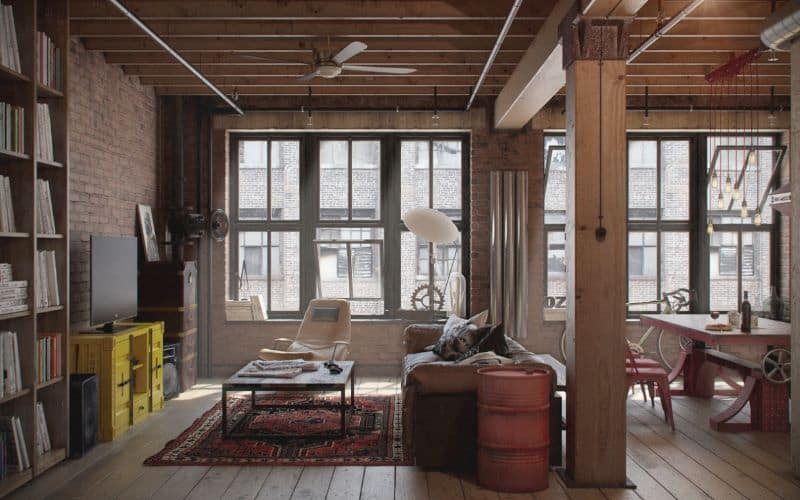
Industrial Wabi Sabi Interior Design
A wabi-sabi interior emphasizes a simple, unadorned design in which the objects play a secondary role to their primary function. Place the items in the room before you start building the walls. Look for accessories that can double as a practical tools when the time comes to shop for them. Plants are a great way to breathe new life into a room, and colorful bowls and trays may do the same.
Perfectly imperfect interiors – embrace imperfections in your wabi-sabi interior design
The final piece of advice is the most vital… in more traditional interior design approaches, adding the final touches to your interior design is typically discussed in terms of making it look complete or giving the space a more polished, designer edge. In the wabi-sabi interior design approach, the exact opposite is what you want to happen.
The core of the wabi-sabi way of life
Wabi-sabi is the practice of actively seeking out and appreciating the good that may be found in broken things. Given this, don’t worry if the final product has a few rough spots. That pretty bowl you had to glue back together after it broke? If you love it, you’re welcome to display it proudly. Why isn’t your bed made? The term “artfully mussed” is now officially acceptable.

Wabi Sabi Interior Design With Colorful Rugs
Remember, though, that there is a distinction between capturing the spirit of wabi-sabi and letting your design get lost and messy in the shuffle of daily life. Each of us will have our own unique idea of where that boundary is, but it’s important to remember that good design is never gratuitous.
Here are some rugs for you to consider if you love the Japanese wabi-sabi approach to life and interior design
This interior design blog about the iconic wabi sabi interior design approach was published by Nazmiyal Rugs in NYC


